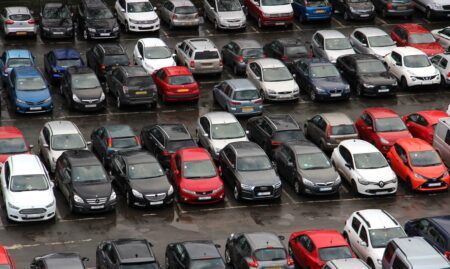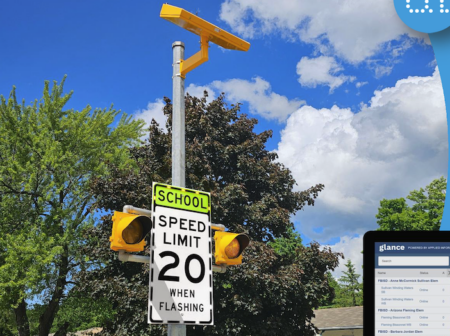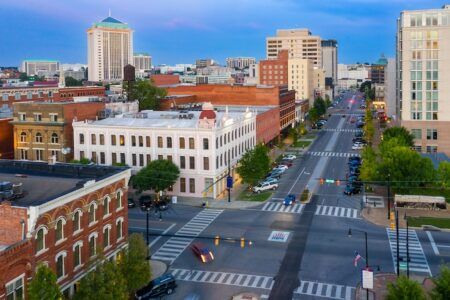The City of Dallas is starting work on the second phase of its Smart Cities Living Lab initiative, with the second quarter results from the first part of the project showing the potential for savings of tens of millions of dollars.
The effort is led by the Dallas Innovation Alliance (DIA) a non-profit organization that brings the public and private sector together to design and execute a smart city strategy for the Texas metropolis.
For the second phase, six new programs will be introduced designed to improve access, increase conservation, bridge the digital divide, and help people navigate through the city more easily. The new schemes will soon be integrated into the Living Lab, a corridor in the West End Historic District in downtown Dallas.
The new projects include:
• Smart parking efforts with usage, traffic flow, and spot availability from Dallas startup ParkHub;
• AT&T Smart Cities Digital Infrastructure powered by City IQ from General Electric’s (GE) Current division, which will be delivering streetlight-based nodes with initial applications that will include ‘TrafficPulse’, ‘ParkingView’ and ‘CitySight’;
• Mobility initiative with Toyota Motor North America in South Dallas, currently in the research phase;
• Smart irrigation offering smart controllers that use weather data to improve water conservation and leak detection, at Dealey Plaza from partner HydroPoint Data Systems;
• Smart water management, including metering to provide more granular interval data for customer conservation, as well as leak and tamper detection via water analytics dashboards from Itron;
• Public wi-fi in the Living Lab led by the City of Dallas and powered by AT&T, Cisco, Nokia and Scientel.
The DIA Smart Cities Living Lab powered by AT&T launched in March 2017, and now works with more than 20 city departments and 30 partner organizations. The new initiatives build on current projects, including intelligent LED street lighting from GE and Philips, solar-powered environmental sensors from Ericsson, the Interactive Digital WayPoint kiosk from CIVIQ Smartscapes, and pedestrian beacons from EB Systems.
The strongest example of operational savings and ROI has been the Intelligent Streetlight Project, which saved 873kWh in Q2, based upon installation of 23 LED lights in the Living Lab. Extrapolating those results to the full network of 85,000 streetlights could save the city tens of millions of dollars over 10 years.
DIA executive director Jennifer Sanders said, “With the second phase of projects, Living Lab data will grow more robust and provide even better insights, as we look to scale across the city.”




